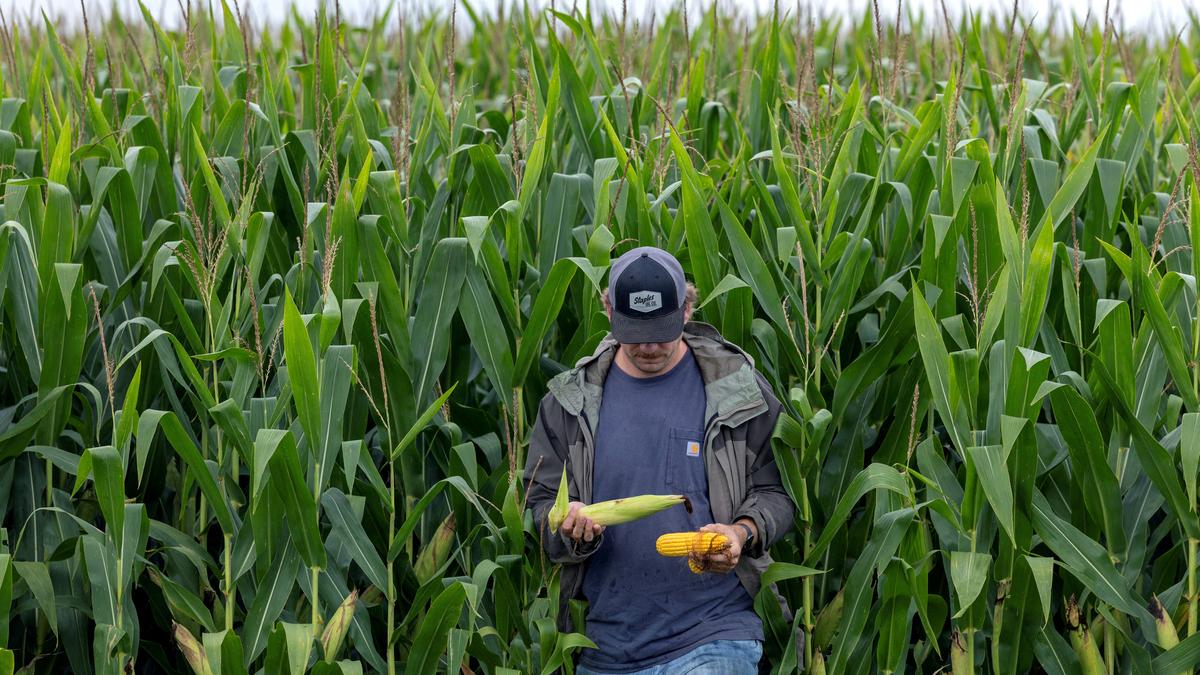By Bl Mangaluru Bureau
Copyright thehindubusinessline

A RaboResearch report says that tariff announcements made on ‘Liberation Day’ in early April by the US government, along with their potential impacts on the agriculture sector, introduced a high degree of uncertainty for US farmers as they plan for the 2026 season. The financial fragility of many producers has added to these concerns.
Regarding input supply risks, the consensus following ‘Liberation Day’ was that the imposed tariffs would not affect the 2026 season. However, they may pose a threat to 2027, if the US government maintains its current trade policy. The report said that there is still no clear indication of whether these tariffs will remain in effect.
“Looking ahead to the next season, we expect US farmers to face higher production costs, due in particular to rising fertilizer prices in the international market. Constrained global supply has made the price of phosphate a key concern for producers, and farmers are confronting an especially unaffordable scenario for monoammonium phosphate (MAP). RaboResearch’s affordability index for MAP sits at -0.68, the lowest level recorded since 2010,” it said.
Projected margins for the 2026 season suggest that soybean profitability should reach approximately 13 per cent, approximately 200 basis points lower year-on-year due to trade uncertainty and cost dislocation. For corn, RaboResearch analysis indicated a decline in operating margins, falling from roughly 13 per cent in 2025 to 7 per cent in 2026.
It is important to note that operating margins at these levels imply that total margins, when accounting for all costs, will be negative. In this context, US farmers will likely depend on government support through the OBBBA (One Big Beautiful Bill Act) programme to remain current on their financial obligations, it said.
Global crop margins
Mentioning that global crop margins to remain under pressure, the report pointed to another challenging year for field crop farmers across major agricultural regions. Producers continue to face declining commodity prices and persistent input cost pressures.
The landscape in 2025 is even more complex than last year, with geopolitical tensions and new tariffs adding to uncertainty. While some relief is expected in crop protection costs, overall operating expenses are trending upward, posing substantial challenges for producers of soybeans, corn, and other crops, it said.
Despite tighter margins, production trends suggest that farmers remain committed to investing in their fields to sustain or expand output. Projections indicate another record crop for corn and soybeans, with top-producing regions driving growth, it said.
Bruno Fonseca, Senior Analyst – Farm Inputs for RaboResearch, said: “These record production levels are exerting downward pressure on commodity prices, despite declining stock levels.”
The report said that corn, wheat and oilseed farmers are all producing robust output in 2025. The big three corn producers in the world – Brazil, China and the US – are all projected to deliver record-high crops, while global oilseed and wheat crops are expected to set records for a sixth consecutive year. Altogether, the world is looking at record production and supplies, creating the bear market commodities are currently in, it said.
This is occurring at a time when bullish fundamentals are in place as well, particularly for corn and wheat. Global corn stocks have been in a downtrend since reaching their peak in 2016/17, the report said.
Likewise, global wheat stocks have been trending down since 2019/20. In addition, the corn and wheat stocks-to-use ratios are at their lowest levels since 2012/13 and 2014/15, respectively.
Fonseca said: “However, record output in major production areas like Brazil and the US is overwhelming the market with supply, which will keep prices depressed in the short to medium term. And with stubborn and near-historic input prices, profitability in the grain and oilseed sector will remain challenging.”
Published on September 19, 2025



